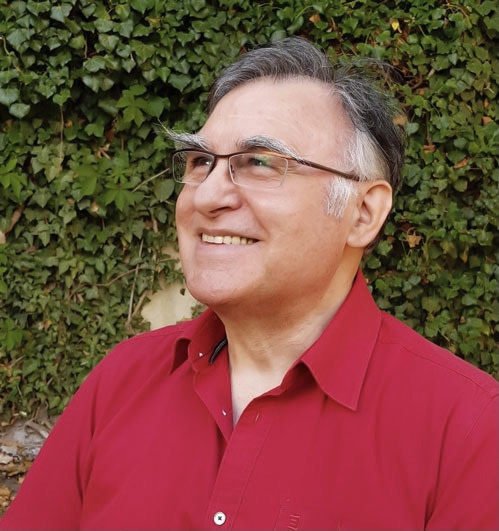Born in 1945 Peter Botos’ glass art is characterised by formal clarity and meticulous execution.
He is influenced by the Constructivist abstract art movement MADI and the art of Lajos Kassák and Kazimir Malevich. The optical illusions of Victor Vasarely’s art is also reflected in his work, especially when optical glass is utilised in his work.
The components of his sculptures are different polyhedrons and various other geometric shapes with not only flat, but also curved surfaces. Based on the thrilling combination of these and other shapes of various geometries, Botos’s sculptures make use, in many ways, of the light induced phenomena applying – in addition to the geometric effects – the periodical rotation of sculptures and the creation of black and white as well as coloured shadows, varying them periodically in time, and utilising total reflection and refraction.
His creativity contributes to making complicated objects simple. The sculptures made by Botos sometimes create unexpected impressions, including illusions, and provide deep intellectual pleasure.
His sculptures are made from the purest optical glass blocks by so-called cold machining technologies (cutting, buffing, polishing, gluing), using the most advanced materials with one hundredth of a millimetre precision.
“My objective is to create a new spectacle and impressive visual enjoyment that is surprising and thrilling to the viewer by deliberately using the physical and optical characteristics of glass. Transparency and opacity, multiple reflections inside a sculpture and the resulting grids, colours which appear either in full length or only on the surface, the inner spaces of the sculpture and the outer spaces set into motion by them are all important elements of my sculptures. Glass absorbs, transforms, filters, colours, and reflects the light or disperses it into a rainbow”.
Recently Botos has been focusing on the relationship between directed lights and sculptures as a system of lenses, in addition to showing movements and changes, and ‘filling up’ big spaces visually. These issues are influenced by the work of László Moholy-Nagy, György Kepes and Nicolas Schöffer.
